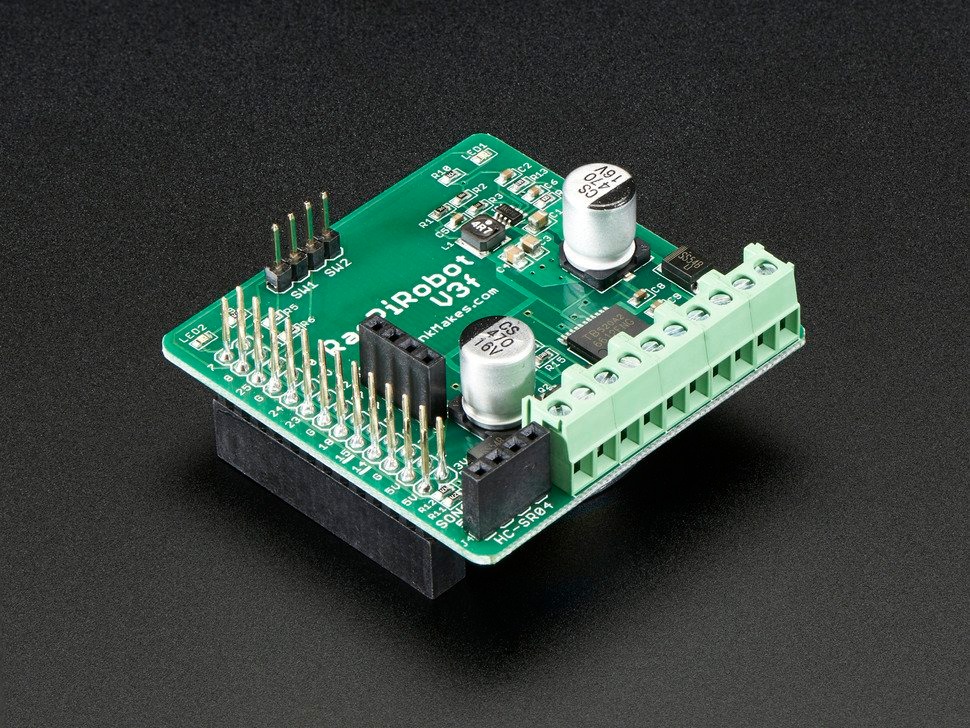Spread the love
Problem:You want to attach your Raspberry Pi to a robot and So you have to need Powering a Raspberry Pi with Batteries
Solution:
A typical project using a Raspberry Pi requires 5V at up to about 600mA. The requirement for 5V is strict. You should not try to power your Pi from more or less than 5V.
In practice, this means you are most likely to use a battery at a higher voltage than 5V—say, 9V—and use a voltage regulator to drop the voltage to 5V. The relatively high power requirement of the Pi makes it unsuitable for powering from, say, a small 9V battery or even a set of AAA batteries.
Most suitable would be a pack made up of six rechargeable AA batteries and a voltage regulator. Below shows how you can use a voltage regulator with a battery pack to power a Pi through the 5V pin on the GPIO connector.
The 7805 voltage regulator will get pretty hot. If it gets too hot, its thermal cutout will kick in and the voltage at its output will drop, probably causing the Pi to reset. A heat sink that clips onto the integrated circuit (IC) will help with this. An alternative solution, and a cooler one, is to use a RasPiRobot Board V3
As well as being a motor driver, the RasPiRobot Board V3 has a built-in switched-mode power supply that will take an input of between 7V and 12V and supply the Raspberry Pi with 5V.
Because the RasPiRobot Board V3 power supply is an efficient switching power supply rather than a linear regulator like the 7805, it will not get hot under normal use of the Raspberry Pi. The 7805 requires the input voltage to be at least 2V above 5V. You can also buy low dropout (LDO) regulators, such as the LM2940. The LM2940 has the same pinout as the 7805 but only requires the input to be 0.5V above the 5V output.
However, remember that nominally, 1.5V AA cells soon drop to about 1.2V. So a pack of four of them is unlikely to provide enough voltage for more than a few minutes. A pack of six will be fine. The example above uses a 9V battery pack, but if you want to fit your Raspberry Pi into an automobile or RV’s 12V supply, this recipe will still work.
You will also need to use a small monitor that can be powered from direct current (DC). Such devices are fairly easily found, as they are commonly used with closed-circuit camera systems.
Reference book
All raspberry pi Problem And slove Hear





Comments
Please log in or sign up to comment.